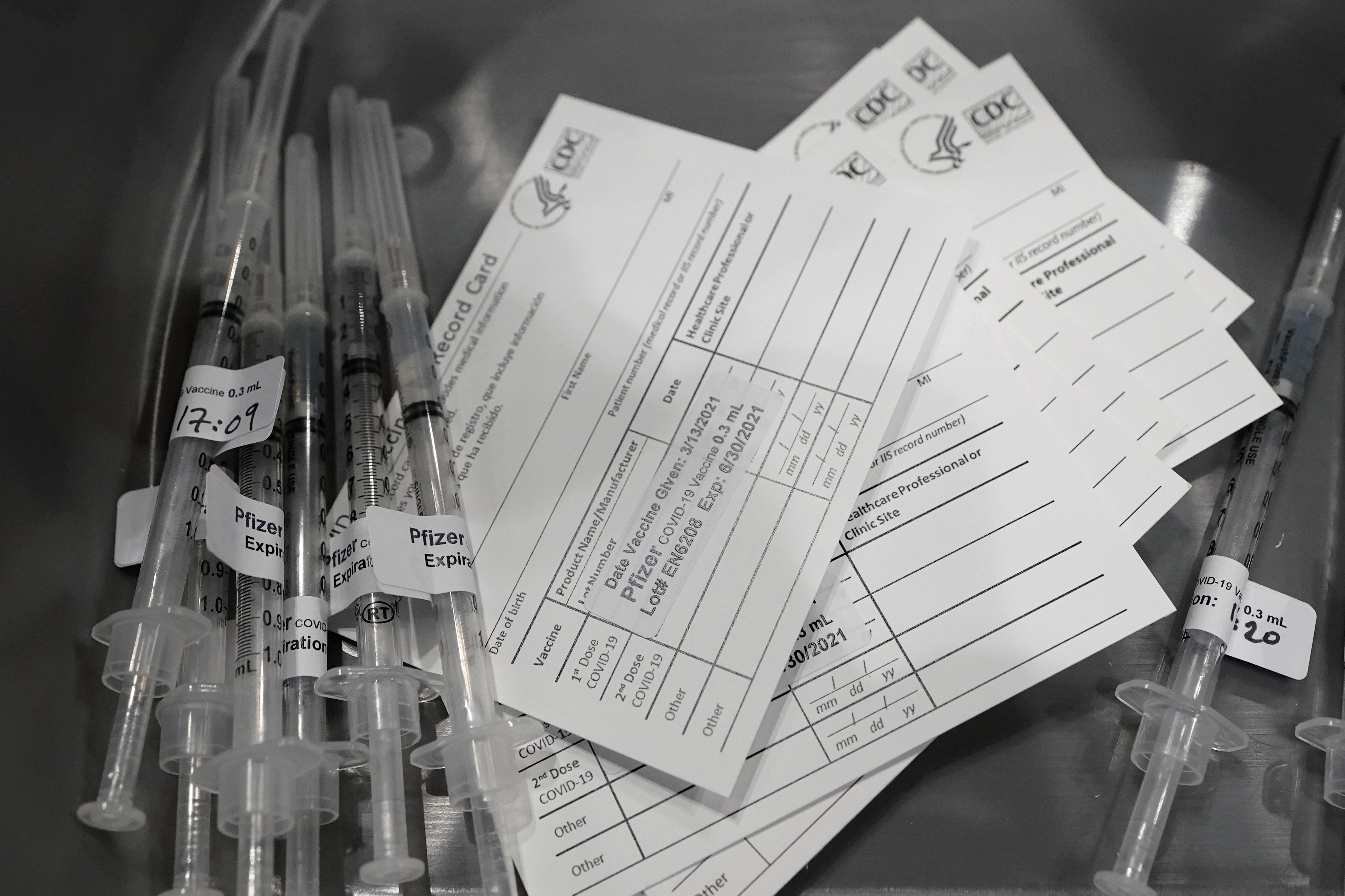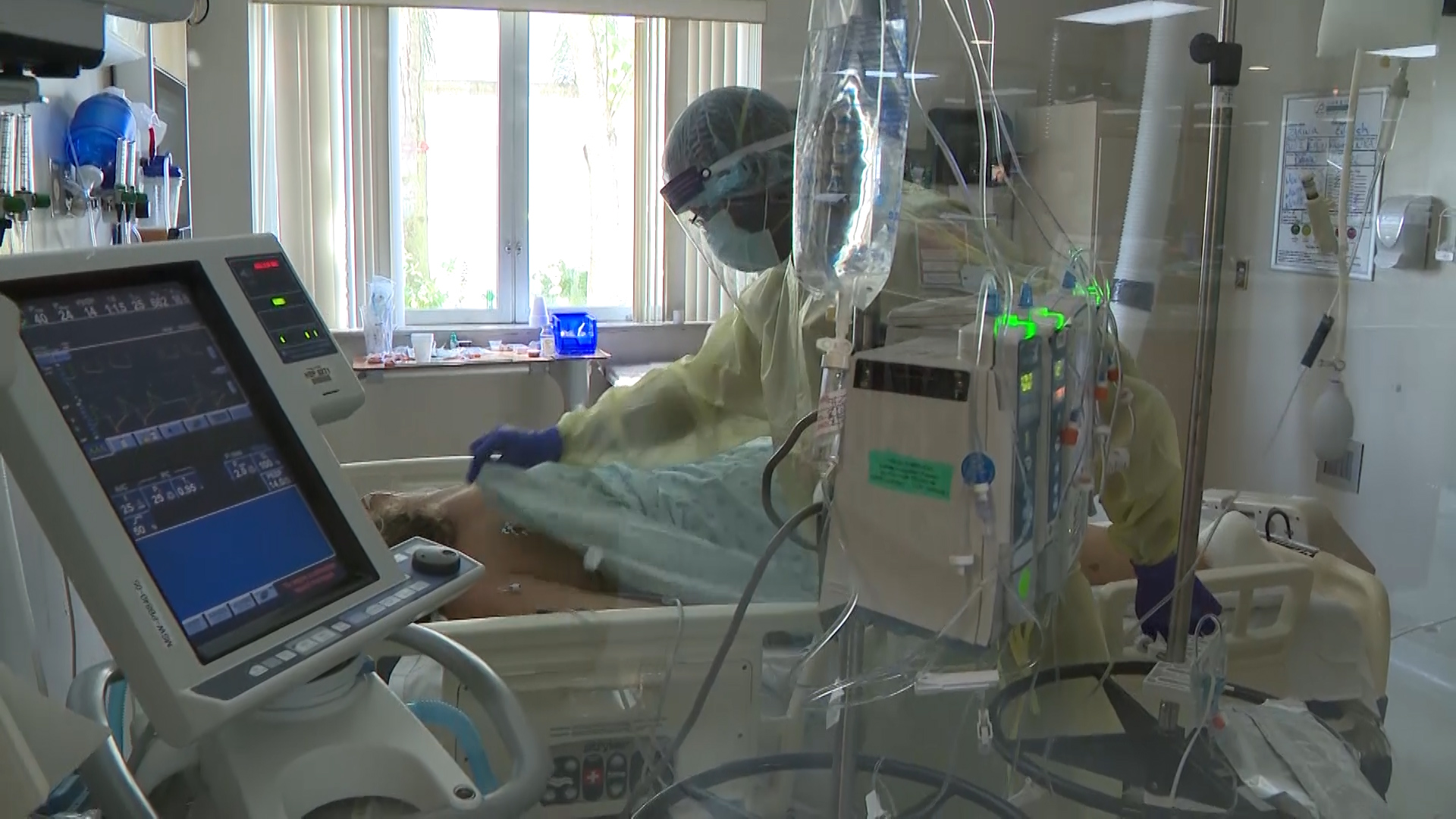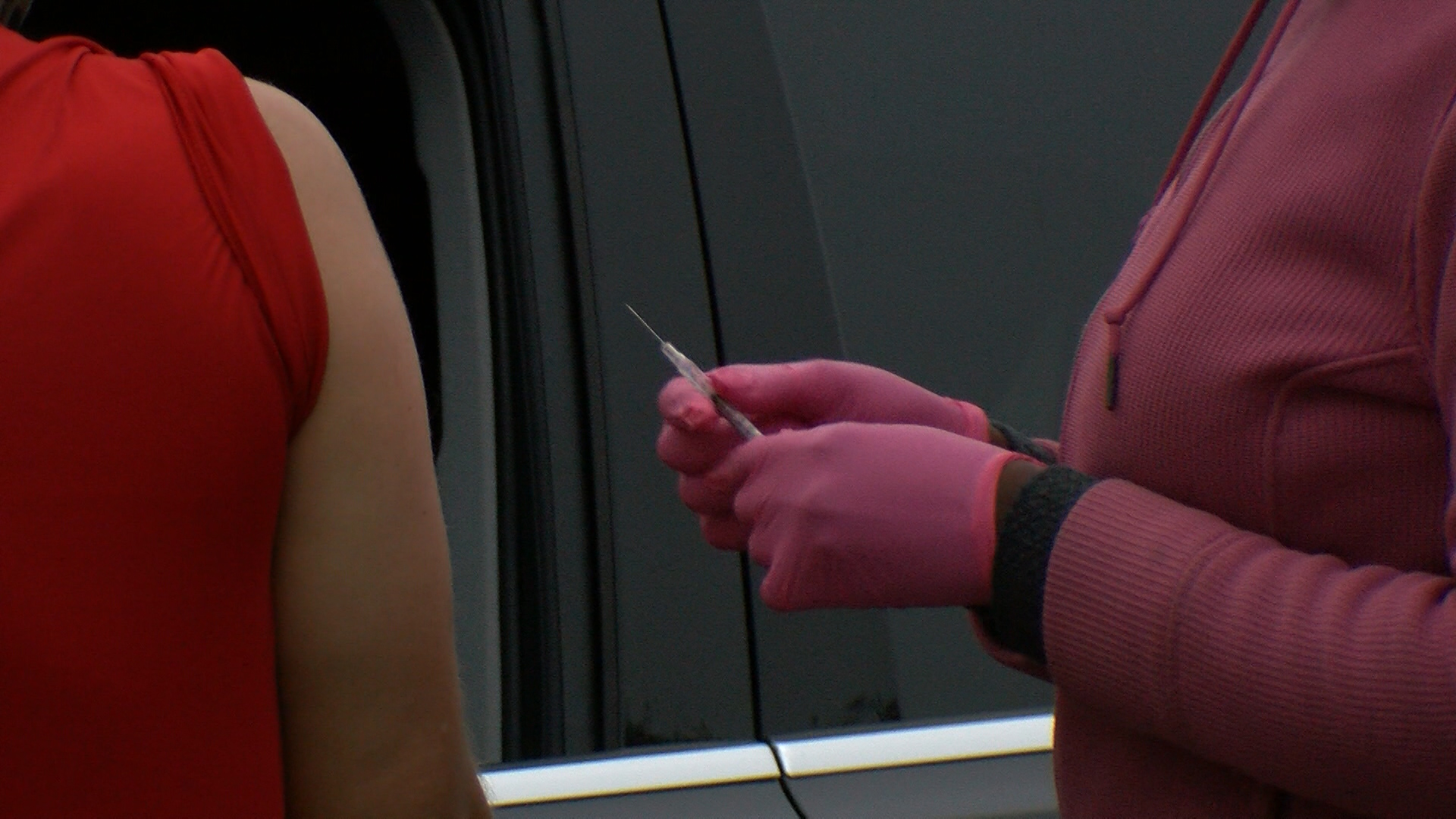WASHINGTON (NEXSTAR) — The US tally of confirmed infections hit 4 million Thursday as new cases continued to surge across the majority of states. As that milestone was reached, testing bottlenecks are creating problems for workers kept off the job while awaiting results.
According to the Associated Press, some labs are taking weeks to return COVID-19 results.
The testing lags in the U.S. come as the number of people confirmed to be infected worldwide passed a staggering 15 million, according to data compiled by Johns Hopkins University. The U.S. leads the world in cases as well as deaths, which have exceeded 142,000.
New York, once by far the U.S. leader in infections, has been surpassed by California, though that is partly due to robust testing in a state with more than twice the population of New York.
Guidelines issued by the CDC recommend that states lifting virus restrictions have a testing turnaround time of under four days. The agency recently issued new recommendations against retesting most COVID-19 patients to confirm they have recovered.
“It’s clogging up the system,” Adm. Brett Giroir, assistant health secretary, told reporters last week.
Test results that come back after two or three days are nearly worthless, many health experts say, because by then the window for tracing the person’s contacts to prevent additional infections has essentially closed.
“The turnaround times, particularly across the South are too long,” Dr. Deborah Birx of the White House coronavirus task force said on Fox.
Birx said the U.S. had shorter turnaround times in April, May and early June, but that “this surge and this degree of cases is so widespread compared to previously,” she said.
Dr. Leana Wen, a public health professor at George Washington University said it’s reasonable to tell people awaiting test results to isolate for 24 hours, but the delays have been unacceptable.
“Imagine you tell a parent with young children to self-isolate for 10 days or more without knowing they actually have COVID? I mean, that’s ridiculous. That’s actually absurd,” Wen said.
U.S. officials have recently called for ramping up screening to include seemingly healthy Americans who may be unknowingly spreading the disease in their communities. But Quest Diagnostics, one of the nation’s largest testing chains, said it can’t keep up with demand and most patients will face waits of a week or longer for results.
Quest has urged health care providers to cut down on tests from low-priority individuals, such as those without symptoms or any contact with someone who has tested positive.
As testing has expanded, so have mask orders and other measures aimed at keeping infections down. Ohio, Indiana, Minnesota and Oregon became the latest to announce statewide mandatory mask orders Wednesday.
The U.S. is testing over 700,000 people per day, up from less than 100,000 in March. Trump administration officials point out that roughly half of U.S. tests are performed on rapid systems that give results in about 15 minutes or in hospitals, which typically process tests in about 24 hours. But last month, that still left some 9 million tests going through laboratories, which have been plagued by limited chemicals, machines and kits to develop COVID-19 tests.
There is no scientific consensus on the rate of testing needed to control the virus in the U.S., but experts have recommended for months that the U.S. test at least 1 million to 3 million people daily.
The Associated Press contributed to this report.











